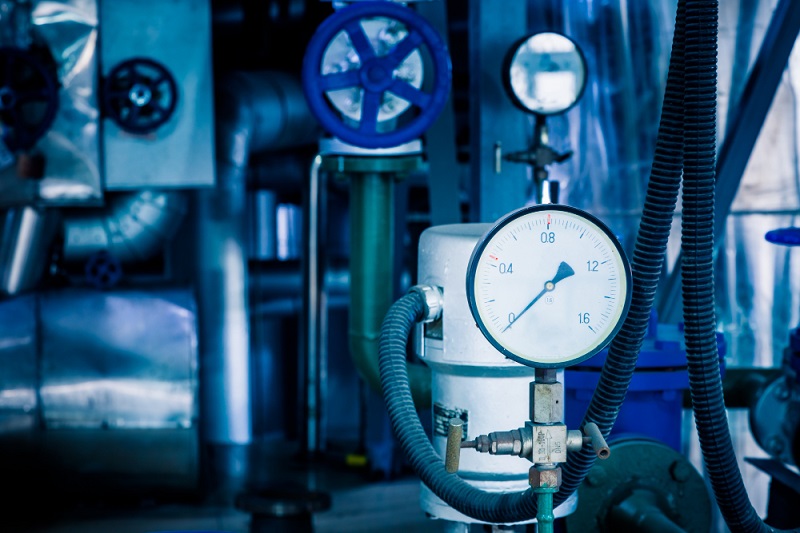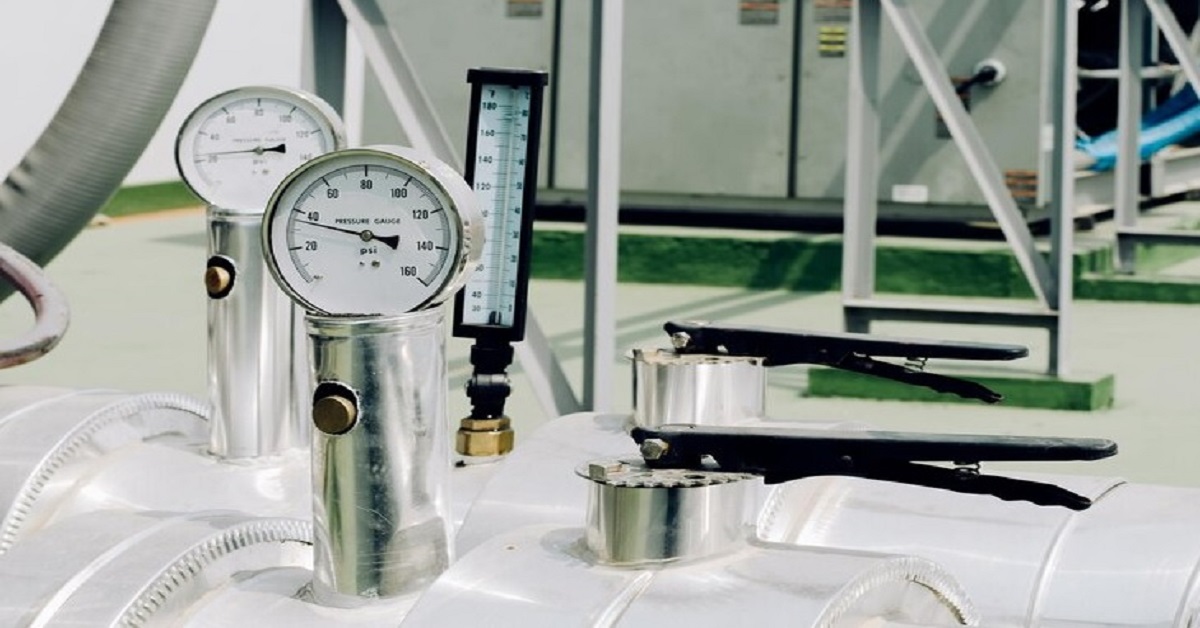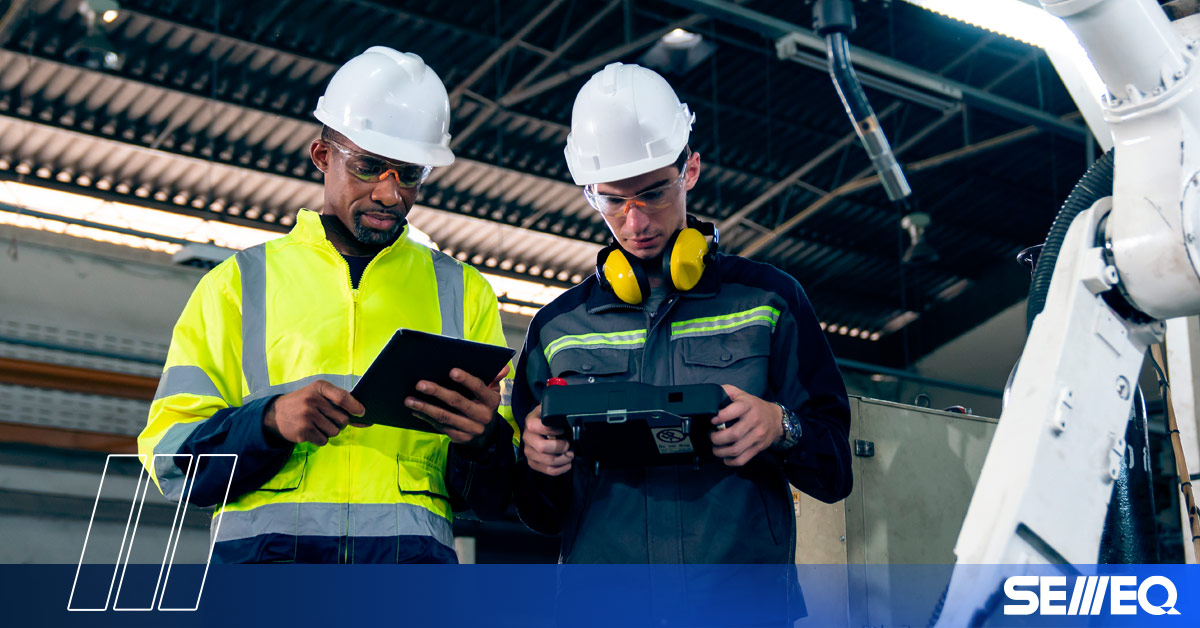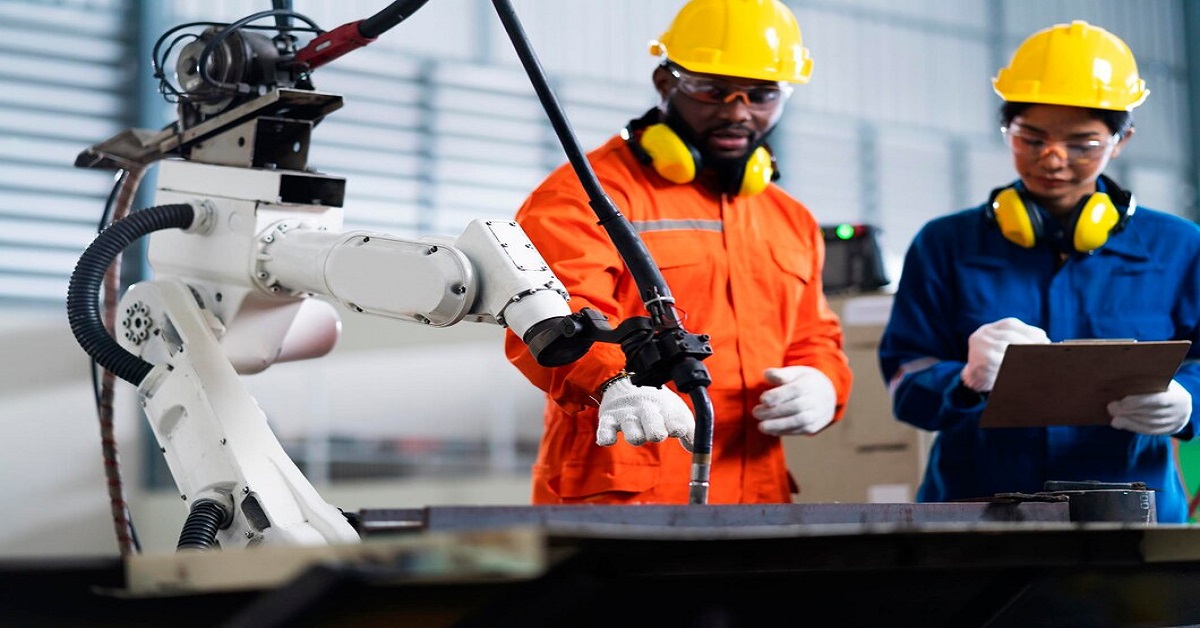In today’s industrial world, precision and durability are everything. Whether it’s manufacturing, power generation, food processing, or chemical production, monitoring temperature accurately plays a critical role in maintaining efficiency and safety. This is where heavy-duty temperature sensors come in. These specialized sensors are built to perform in some of the harshest environments, ensuring reliable readings under extreme conditions.
What Are Heavy-Duty Temperature Sensors?
Heavy-duty temperature sensors are robust devices designed to measure temperature in demanding environments. Unlike regular temperature sensors, these are made using rugged materials such as stainless steel, high-grade thermoplastics, or metal sheathing to withstand high pressure, extreme heat, moisture, vibrations, and even corrosive chemicals.
These sensors are often used in:
- Industrial automation systems
- Oil and gas pipelines
- Marine and offshore equipment
- Power plants
- HVAC systems for large buildings
- Steel and metal fabrication
Their main function is the same as any other temperature sensor — to detect and relay the current temperature. However, their build quality and reliability in extreme conditions set them apart.
Why Are Heavy-Duty Temperature Sensors Important?
Temperature fluctuations in industrial setups can lead to serious issues like machinery breakdowns, product defects, or safety hazards. Heavy-duty temperature sensors are engineered to reduce these risks. Here’s why they are crucial:
- Durability: Built to last in aggressive environments, these sensors can endure mechanical shocks and rapid temperature changes.
- Accuracy: They provide reliable data even in high-temperature zones or chemically intense surroundings, which is vital for process control.
- Long-Term Cost Efficiency: While they may cost more upfront than standard sensors, their durability and low maintenance make them a cost-effective solution in the long run.
- Compliance and Safety: Many industries must adhere to strict safety and quality regulations. Using a heavy-duty temperature sensor ensures compliance and helps avoid costly penalties or accidents.
Key Features to Look For
When selecting a heavy-duty temperature sensor, it’s important to consider certain features depending on your application:
- Material: Stainless steel is common for resistance against corrosion and wear.
- Temperature Range: Choose a sensor rated for your specific high or low-temperature needs.
- Sensor Type: Options include thermocouples, RTDs (Resistance Temperature Detectors), and thermistors. RTDs are popular for precision, while thermocouples are suitable for very high temperatures.
- Mounting Options: Depending on your setup, you might need flange mounts, threaded fittings, or welded sensors.
- Ingress Protection (IP) Rating: A higher IP rating means better protection against water, dust, and other elements.
Applications of Heavy-Duty Temperature Sensors
These sensors find applications across multiple sectors:
- Power Plants: Monitoring steam or turbine temperatures.
- Automotive Manufacturing: Used in engine testing or exhaust monitoring.
- Food & Beverage Industry: Ensuring cooking and freezing processes meet health standards.
- Pharmaceuticals: Critical for maintaining temperatures during production and storage.
Conclusion
If your industry involves extreme heat, pressure, or chemical exposure, investing in heavy-duty temperature sensors is a smart decision. They offer unmatched performance, accuracy, and resilience — making them indispensable in industrial and commercial settings.
In short, heavy-duty temperature sensors are not just tools; they are a vital part of maintaining operational efficiency and safety in challenging environments. Whether you’re updating old systems or starting a new industrial project, make sure these rugged sensors are on your checklist.




